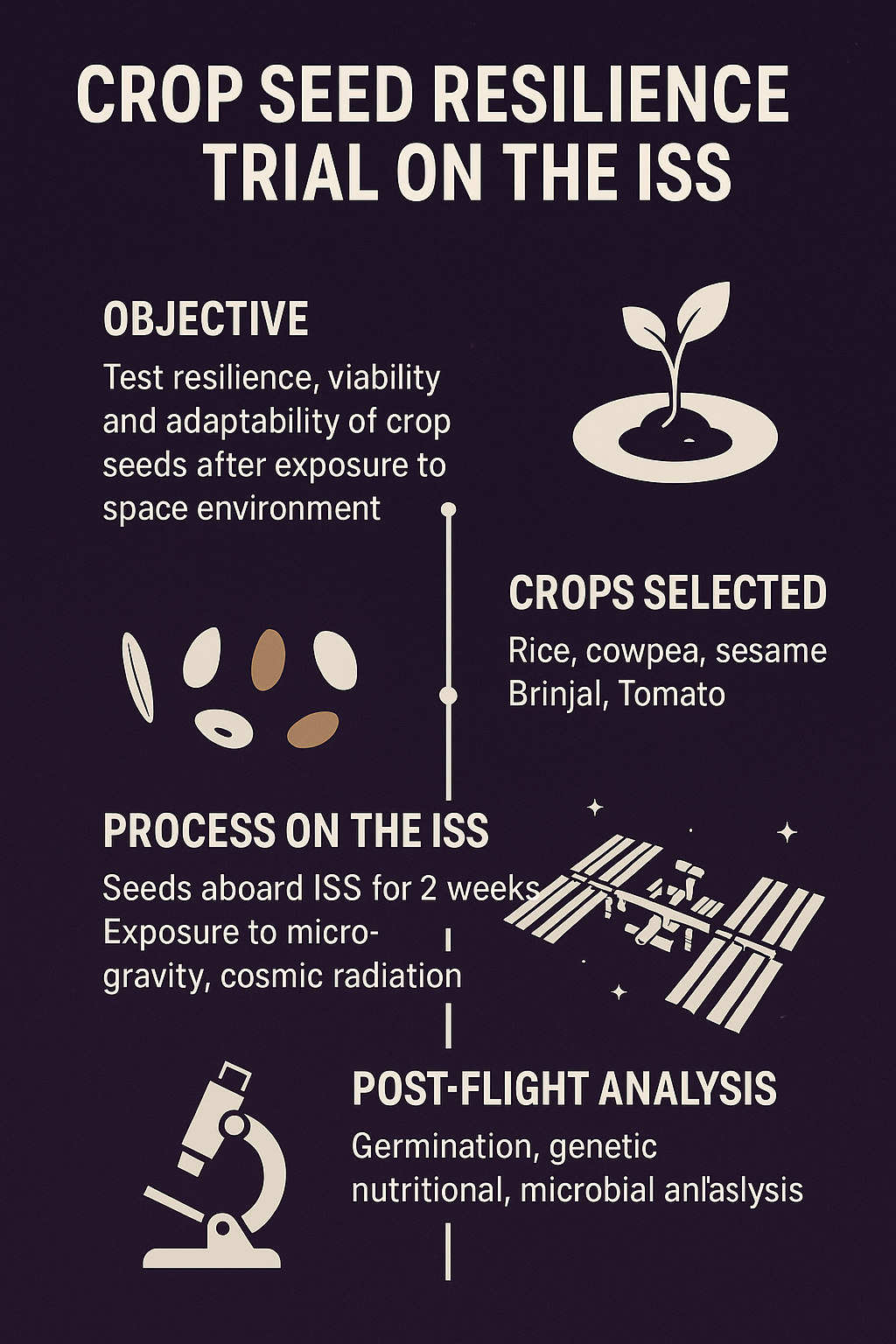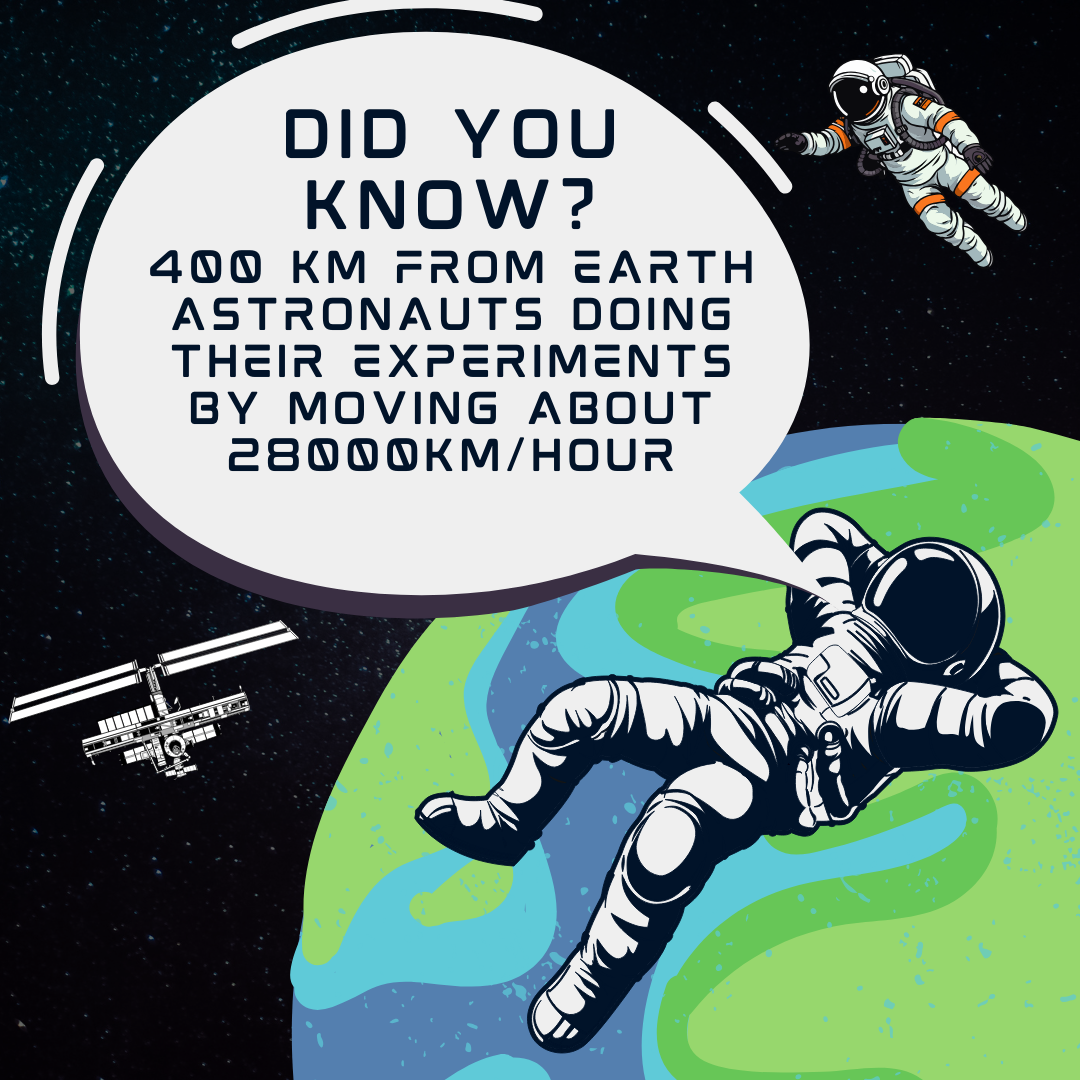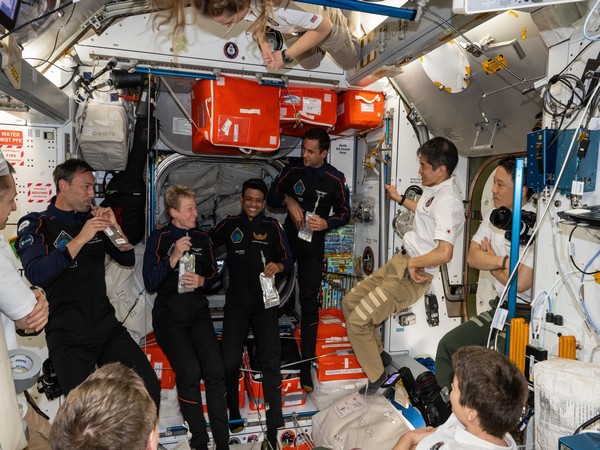Contents
ToggleIntroduction
Axiom Mission 4 (Ax‑4) is the fourth private astronaut mission to the International Space Station, operated by Axiom Space in partnership with NASA and SpaceX, launched from Kennedy Space Center. The Indian group captain Subhanshu Shukla is leading the mission at ISS (International Space Station). By getting the experience of this mission, India looks forward to their upcoming space missions (Gaganyan and Lunar mission). In this Ax-4 mission 31 nations collaborated and access the space based microgravity lab, which is the largest collaboration in the scientific community of world. This international team represents four countries, the USA, India, Poland, and Hungary. These Astronauts come from different backgrounds and are conducting 60 various scientific experiments. Axiom Mission 4 (Ax‑4) is the fourth private astronaut mission to the International Space Station, operated by Axiom Space in partnership with NASA and SpaceX. The Indian group captain Subhanshu Shukla is leading the mission at ISS (International Space Station). By getting the experience of this mission, India looks forward to their upcoming space missions (Gaganyan and Lunar mission). In this Ax-4 mission 31 nations collaborated and access the space based microgravity lab, which is the largest collaboration in the scientific community of world. This international team represents four countries, the USA, India, Poland, and Hungary. These Astronauts come froeriments at the ISS, which will open new doors in various fields, including space biology, Health, Agriculture, and technology. We will also ensure food security, sustainable agribiotechnology, and play a leadership role in bioastronautics and astrobiology.
Space agriculture and food security
Microalgae: As space food
Microalgae are organisms known for producing oxygen, absorbing carbon dioxide, and providing dense nutrition efficiently. In the Space Microalgae experiment, Shukla will studied specially on, Chlorella vulgaris, Spirulina, and Desmodesmus. To ensure these organisms grow and evolve in the absence of gravity. If successful, microalgae could become a sustainable food source for long-duration space missions. Their ability to support life-support systems may also open up possibilities for using them in Earth-based environmental and food solutions, especially in areas with limited access to resources.
Crop seed resilience trial

Five crop plants seeds (rice, cowpea, sesame, brinjal, tomato) were bring by Subhanshu Shukla at ISS to conduct their nutrition and growth related experiments to boosting future space agriculture and climate resilient crops on Earth.
Myogenesis study
One of the most critical experiment led by Shukla refered as muscle degeneration in space, commonly called as myogenesis study. This is an India’s first muscle physiology experiment in space, which focused on both how prevent muscles loss in space and at earth it’s also useful for muscle recovery in muscle degenerating patients.

All these experimental studies performed at IIS by Shukla through which India will be ready to face real challenges in their own upcoming Gaganyaan mission which will also leading by Shubhanshu shukla.


Thanks, Content is very informative👍👍